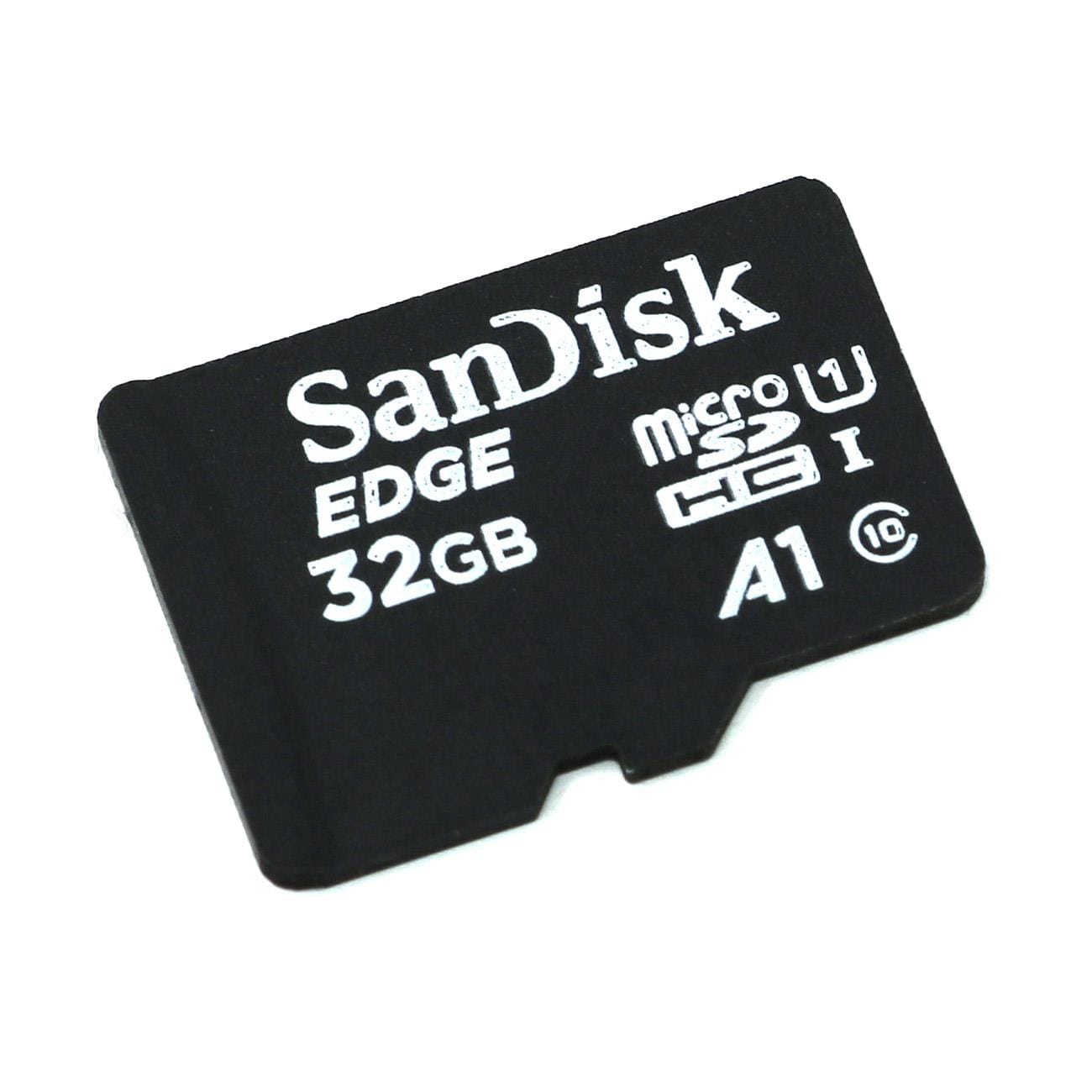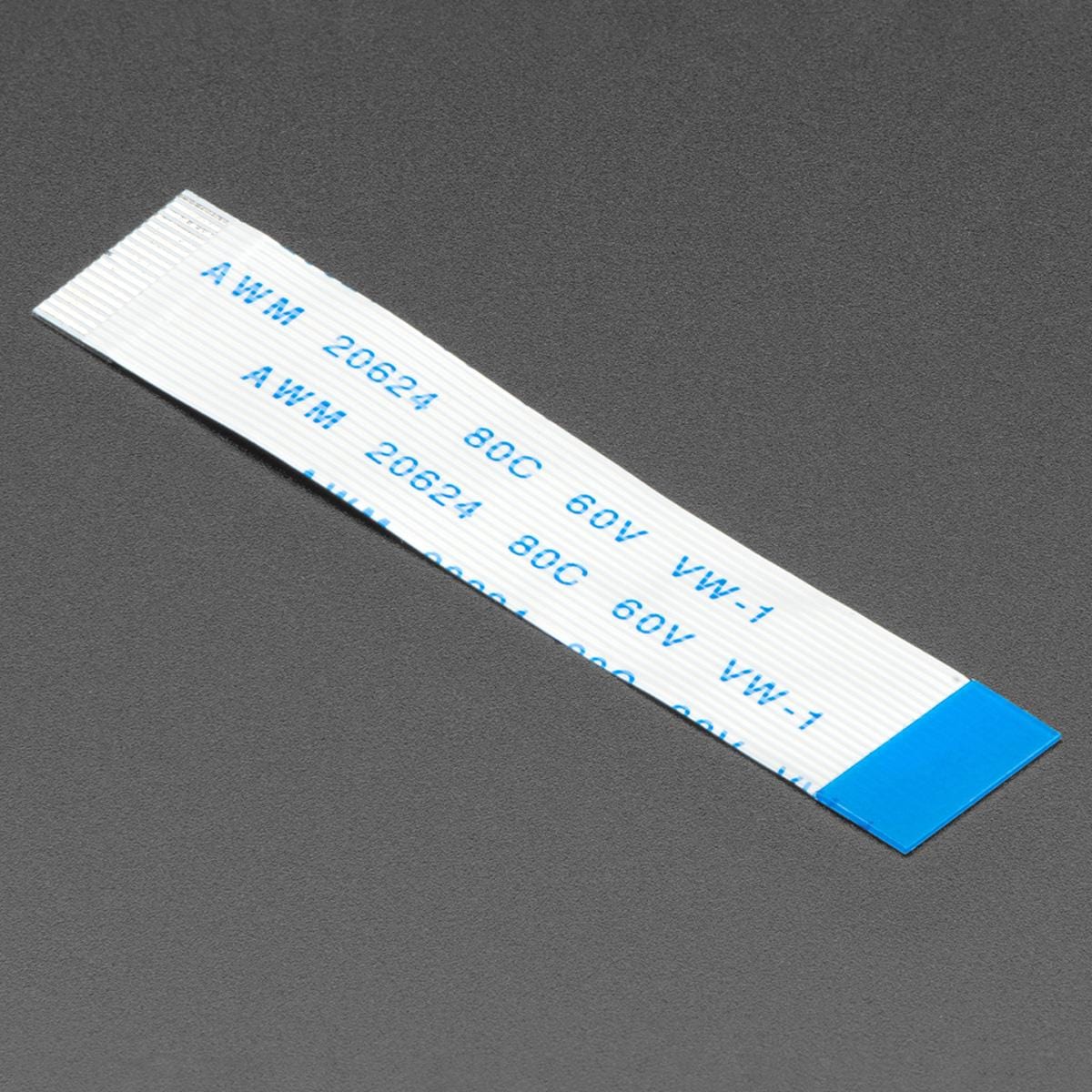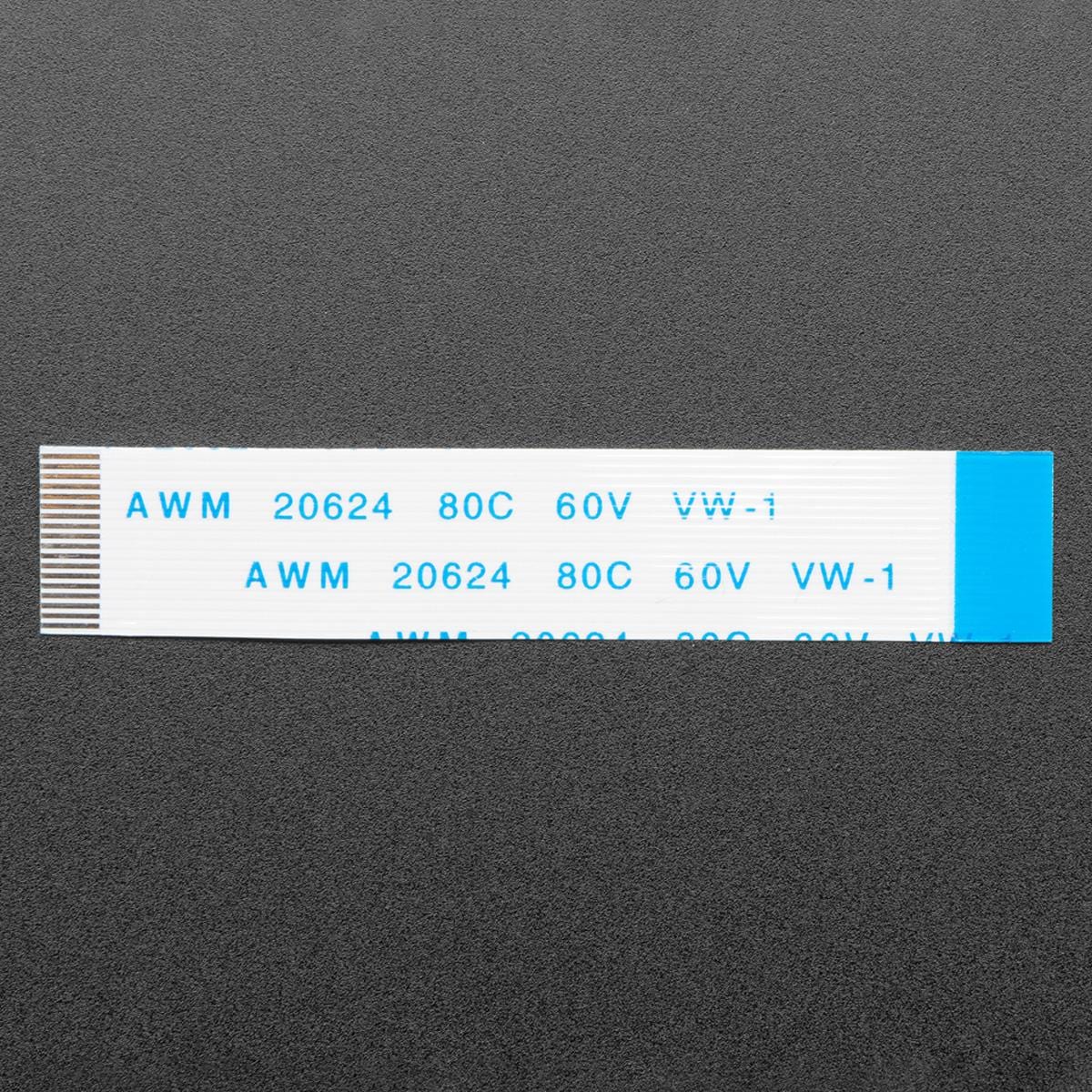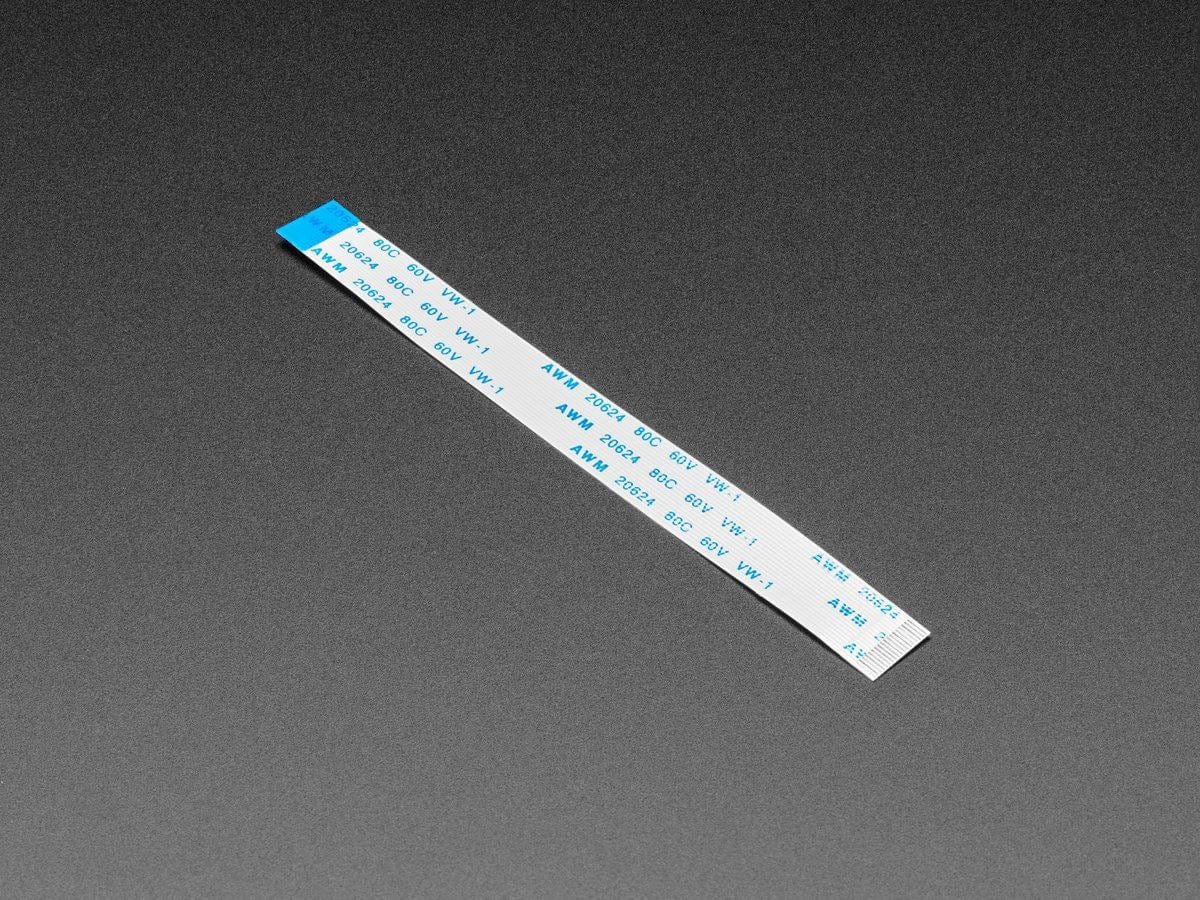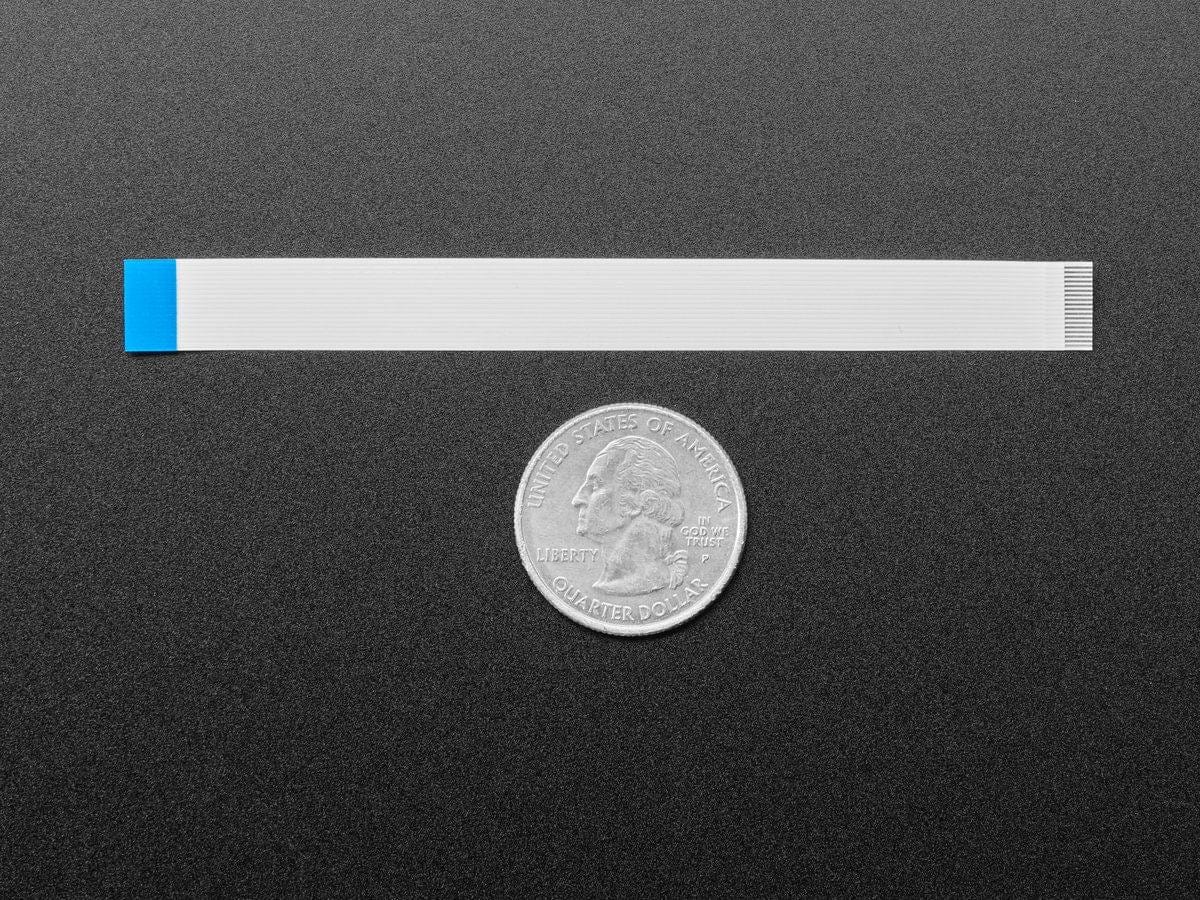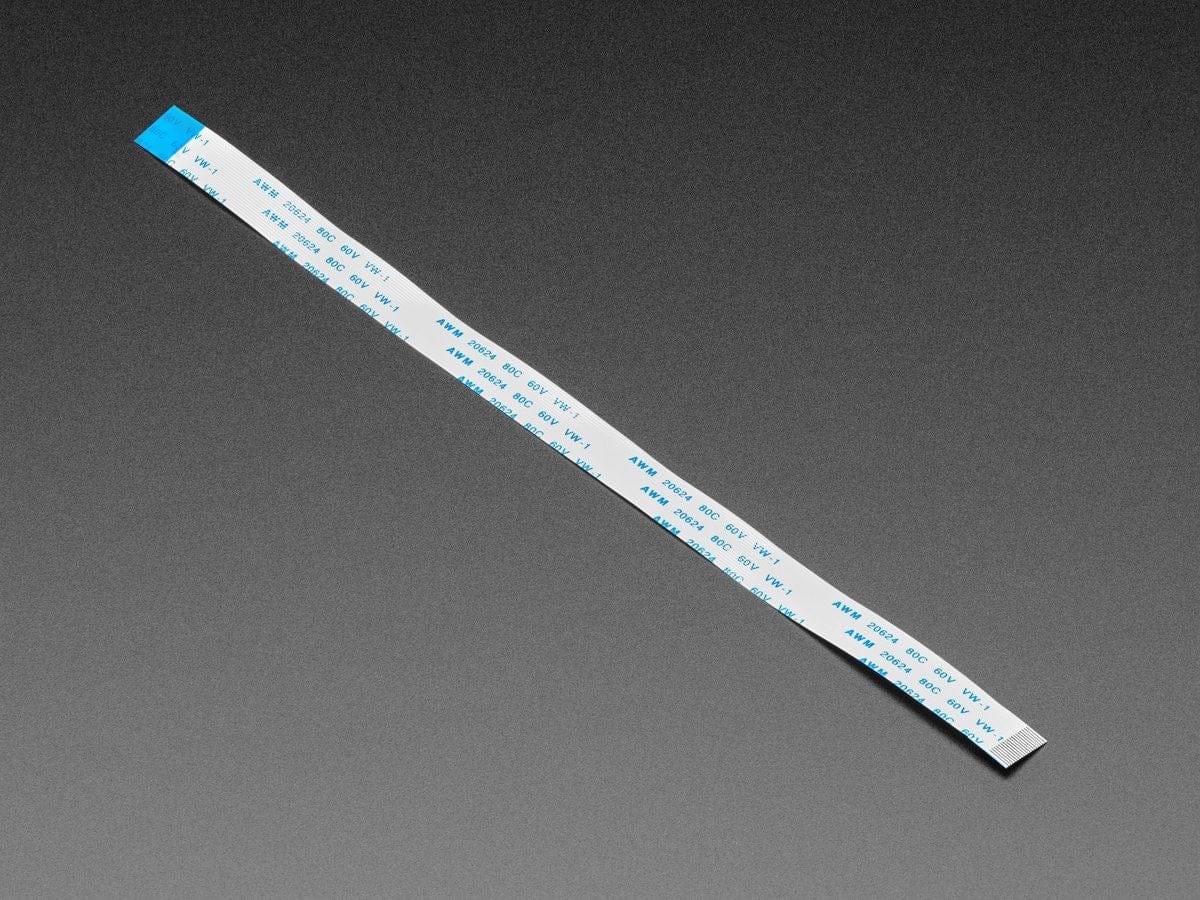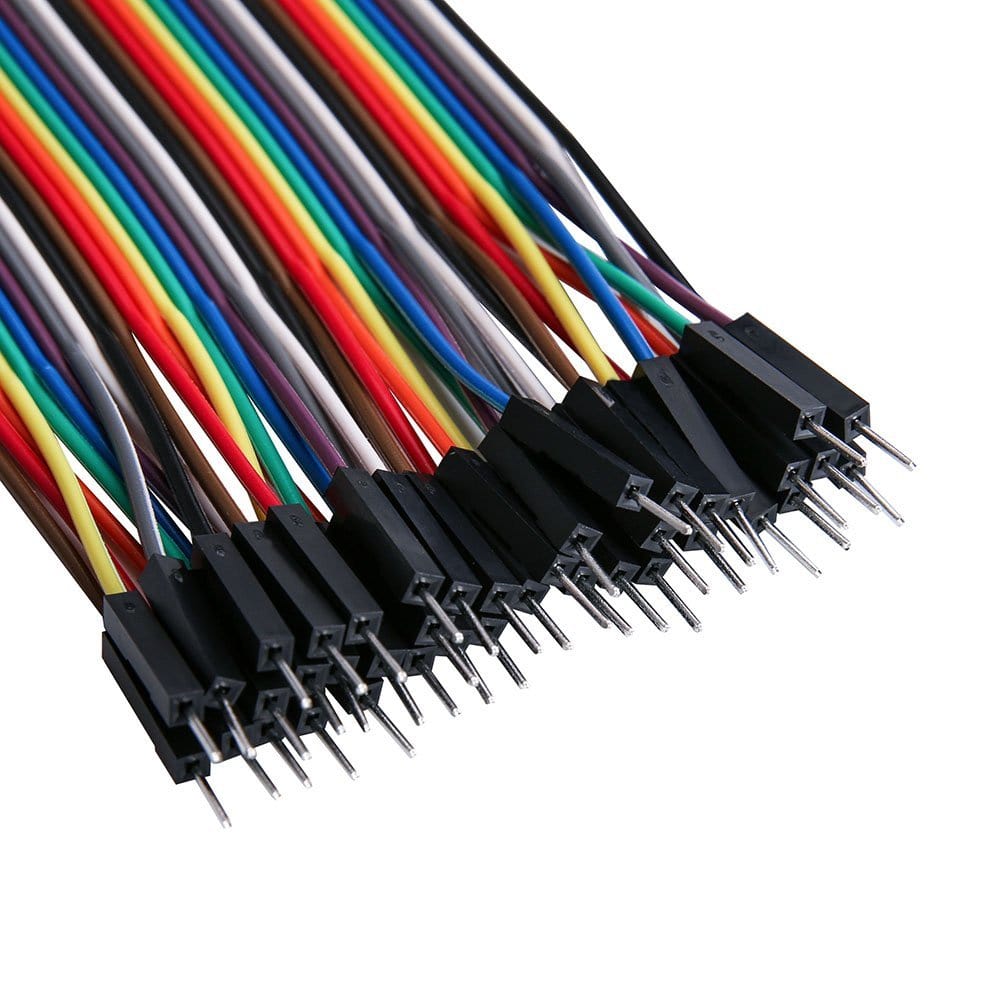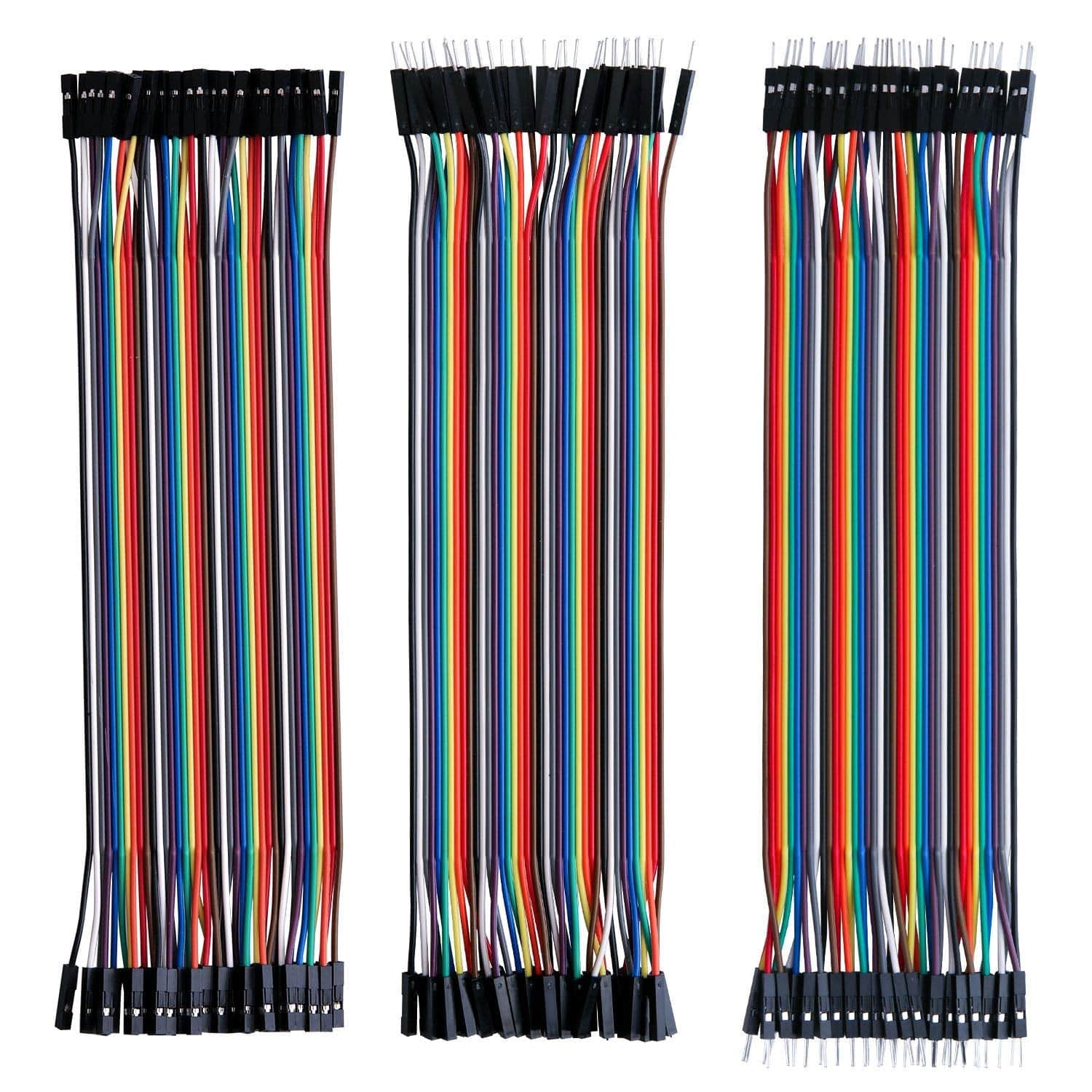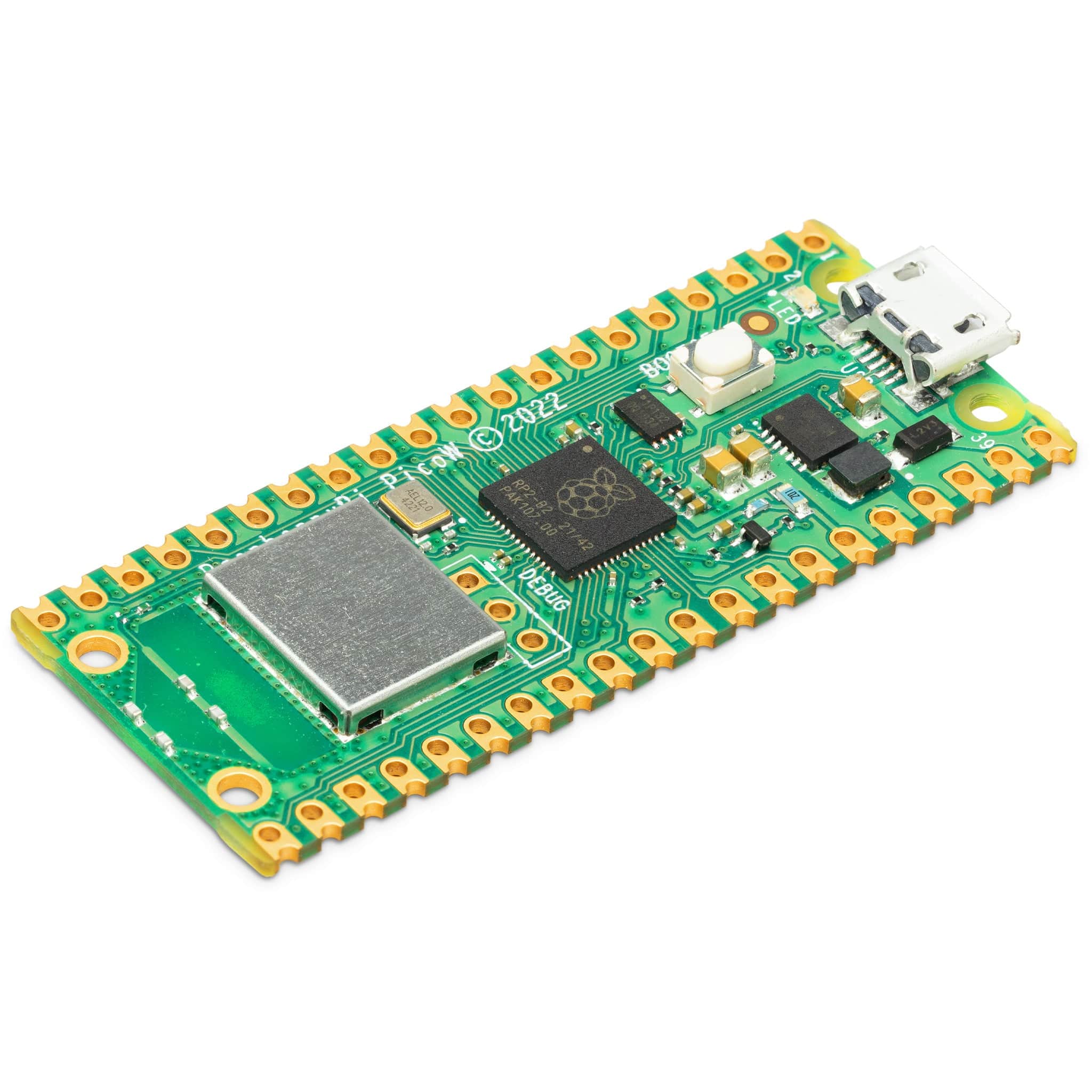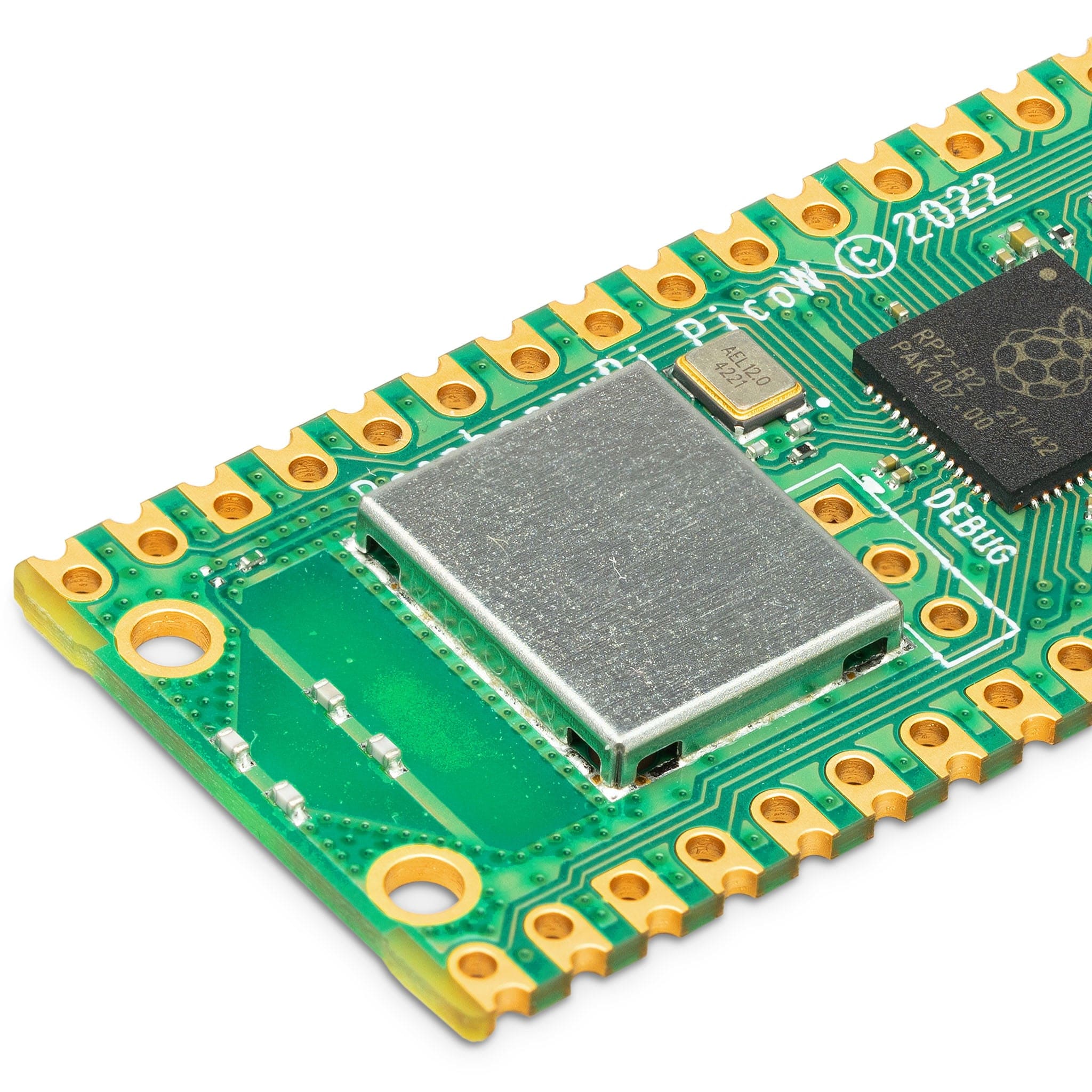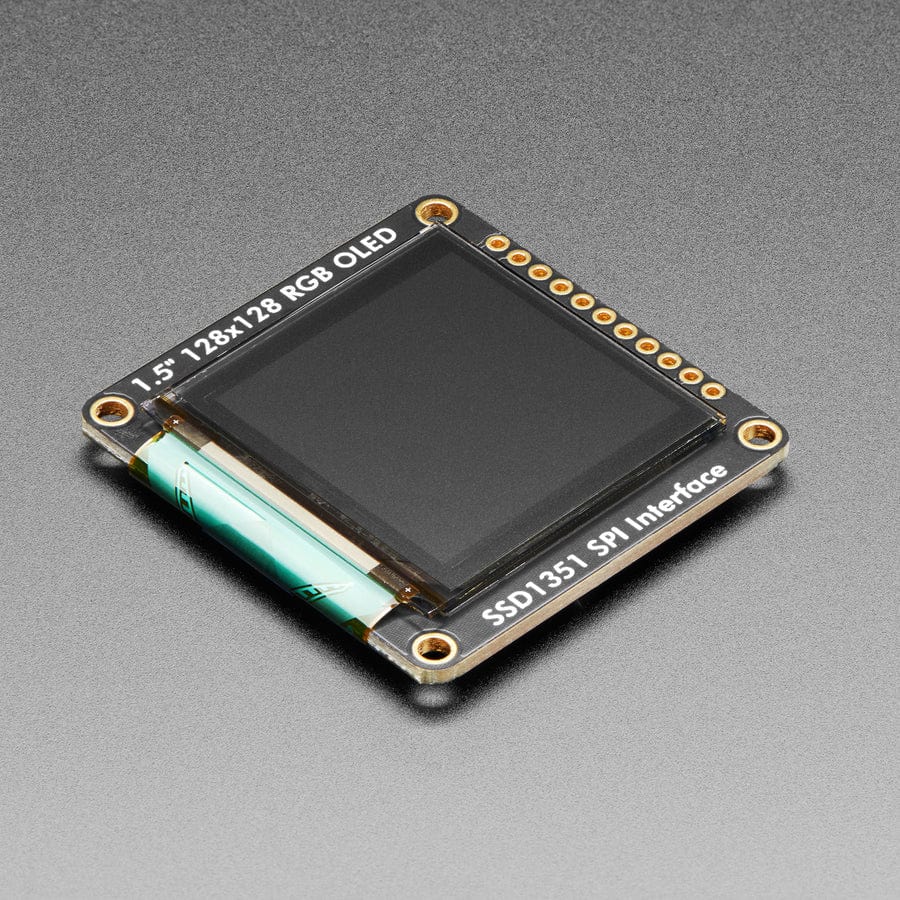
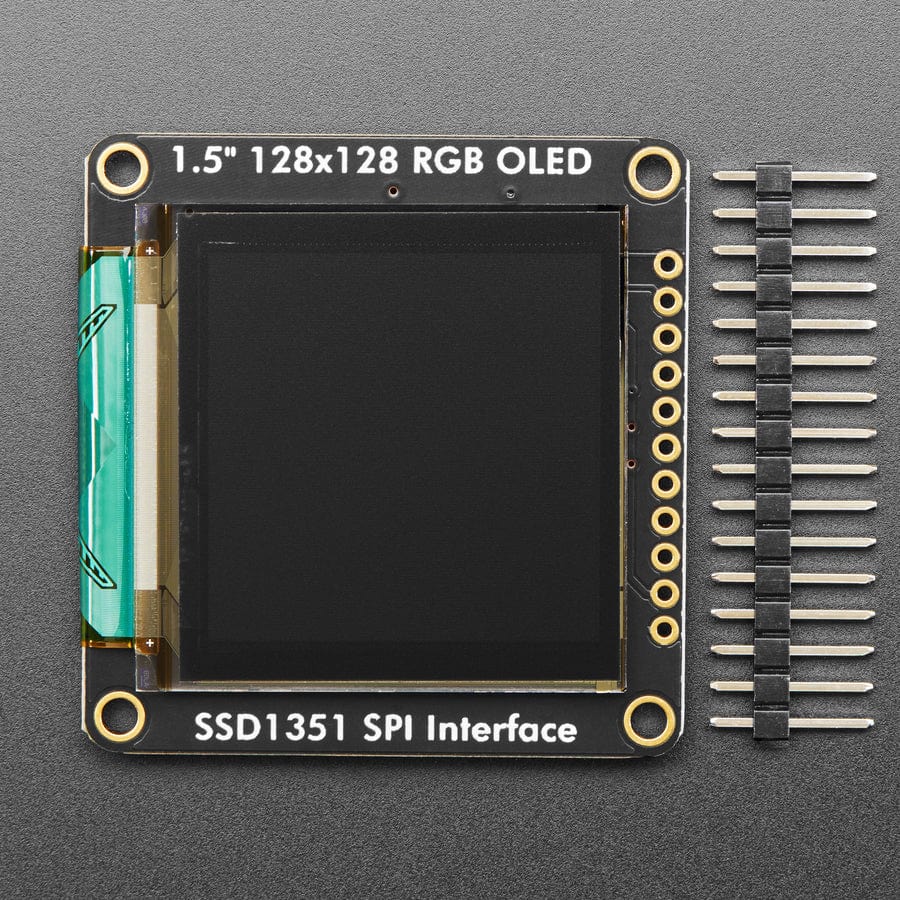
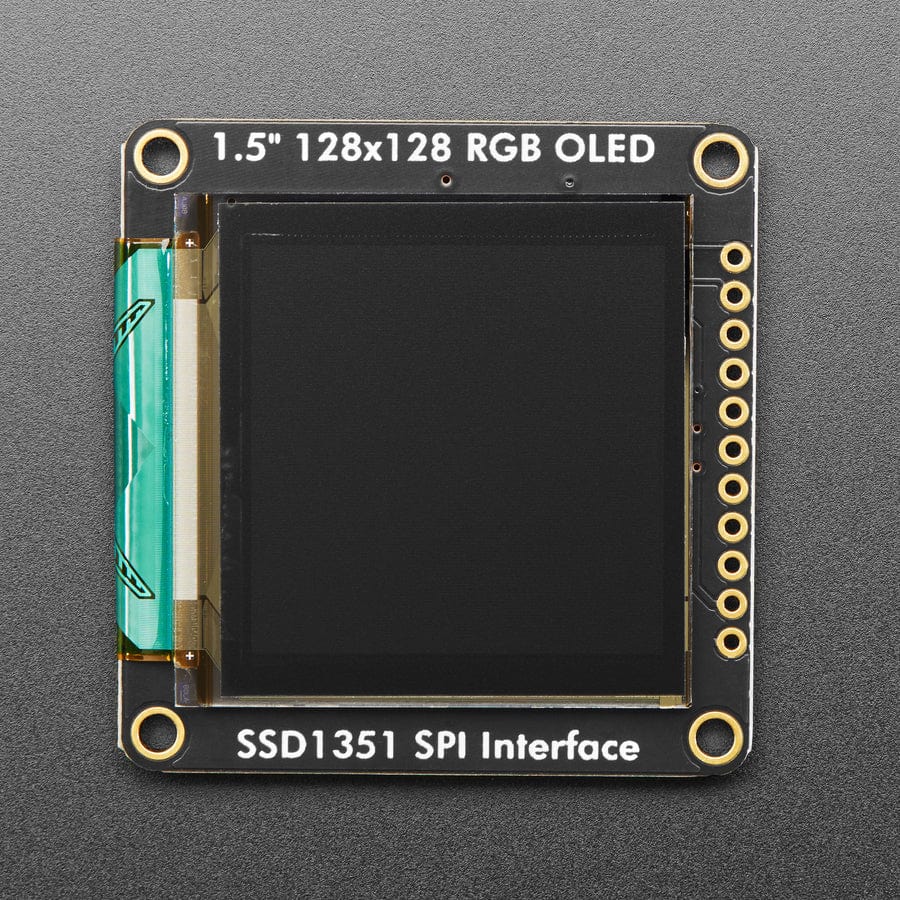
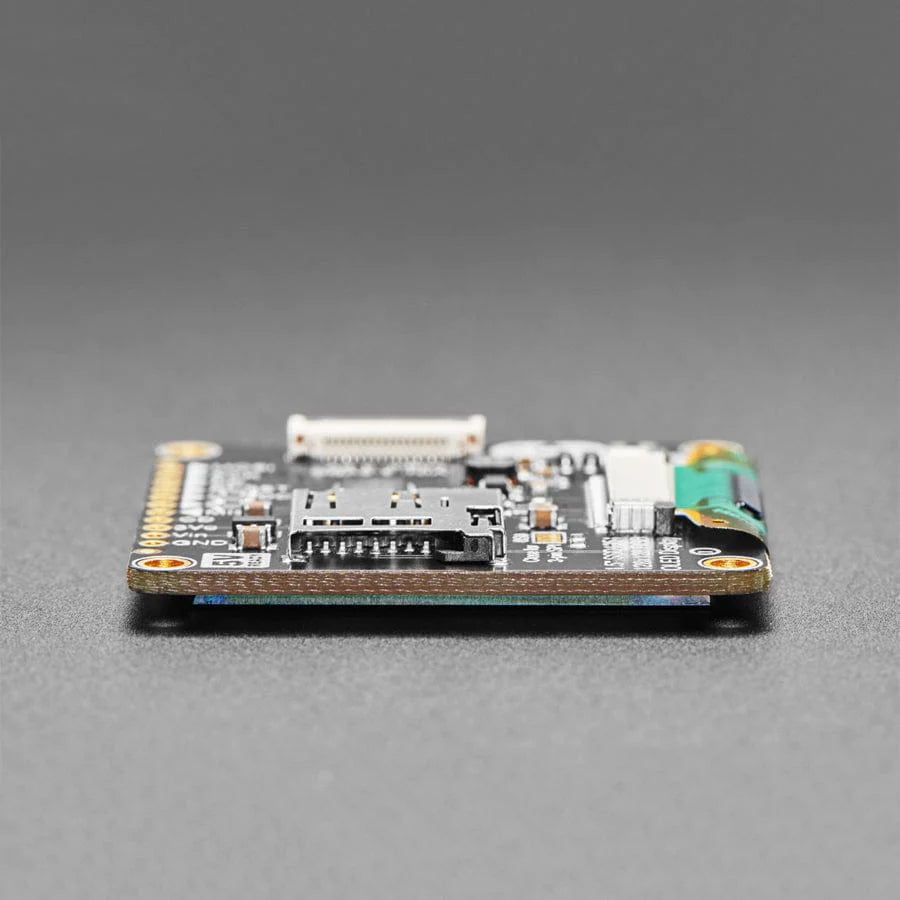
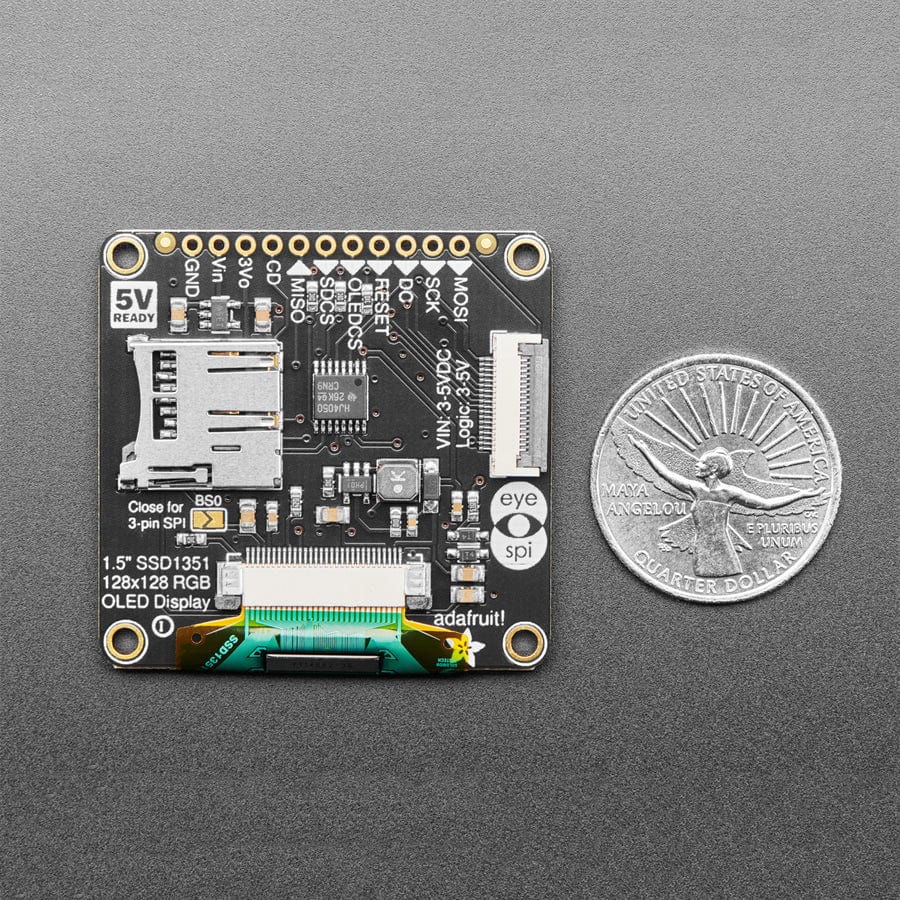
Login / Signup
Cart
Your cart is empty
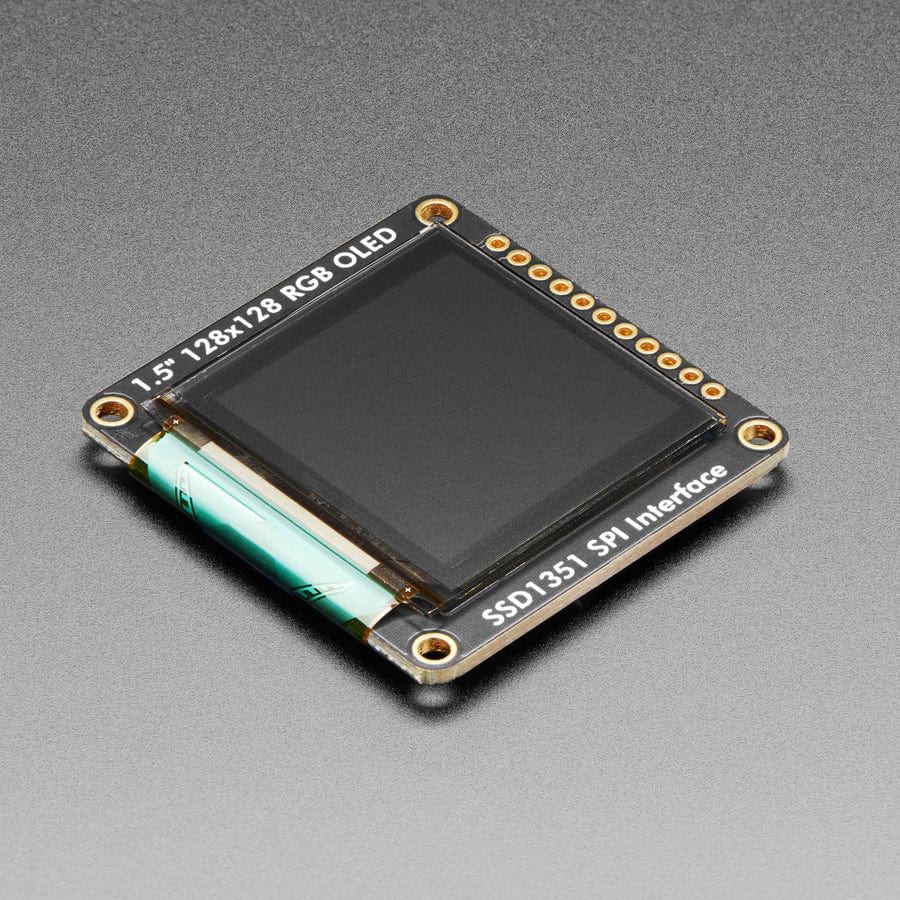
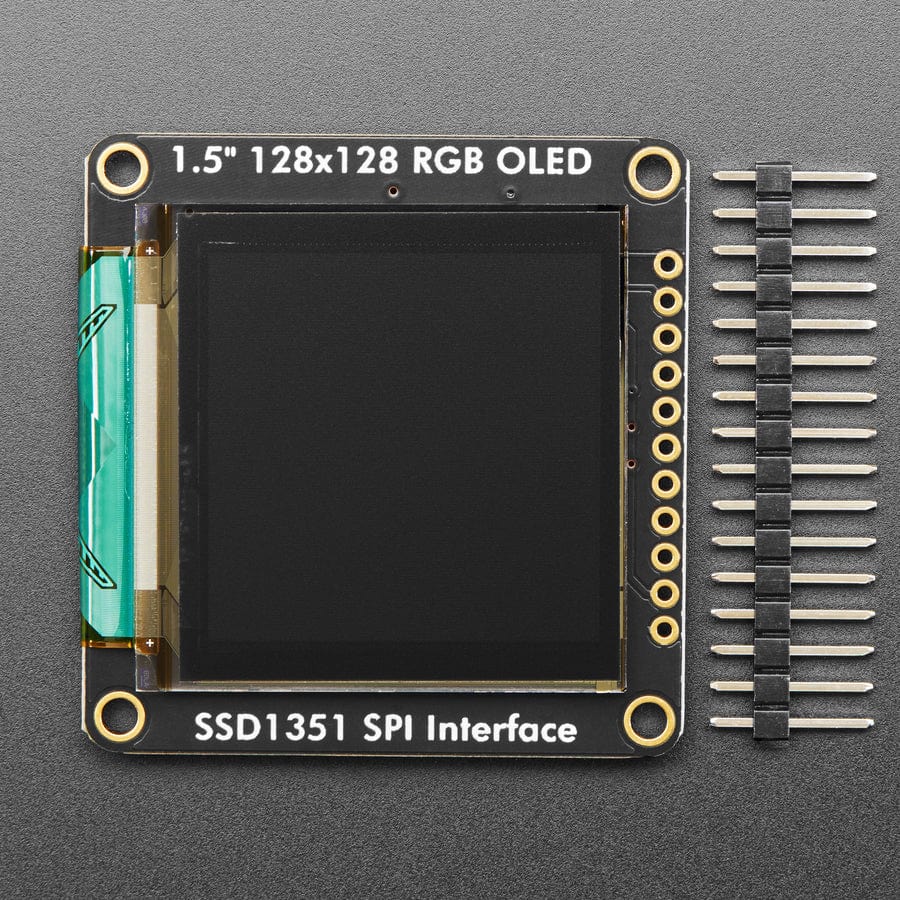
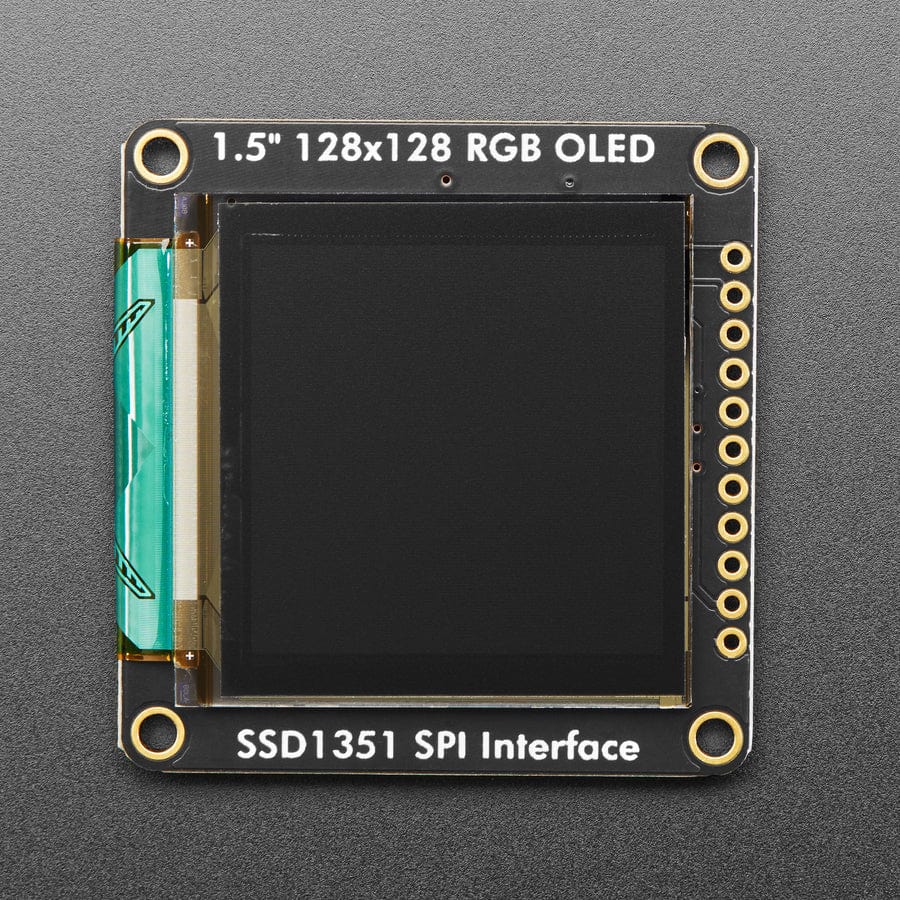
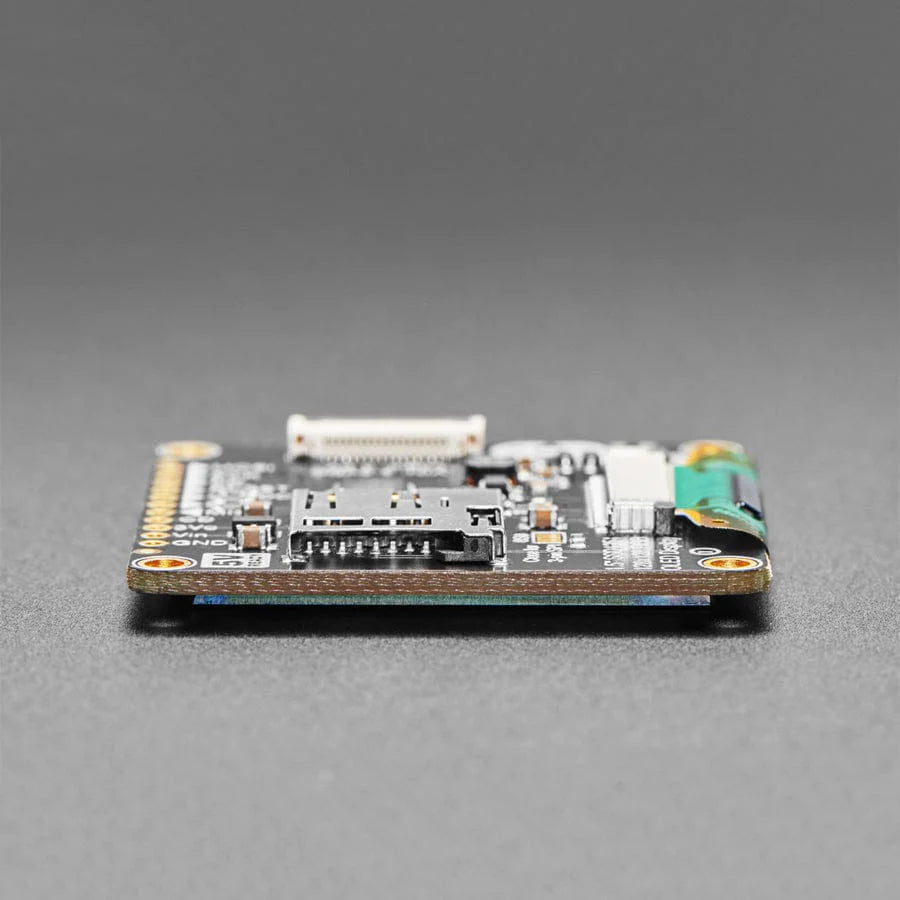
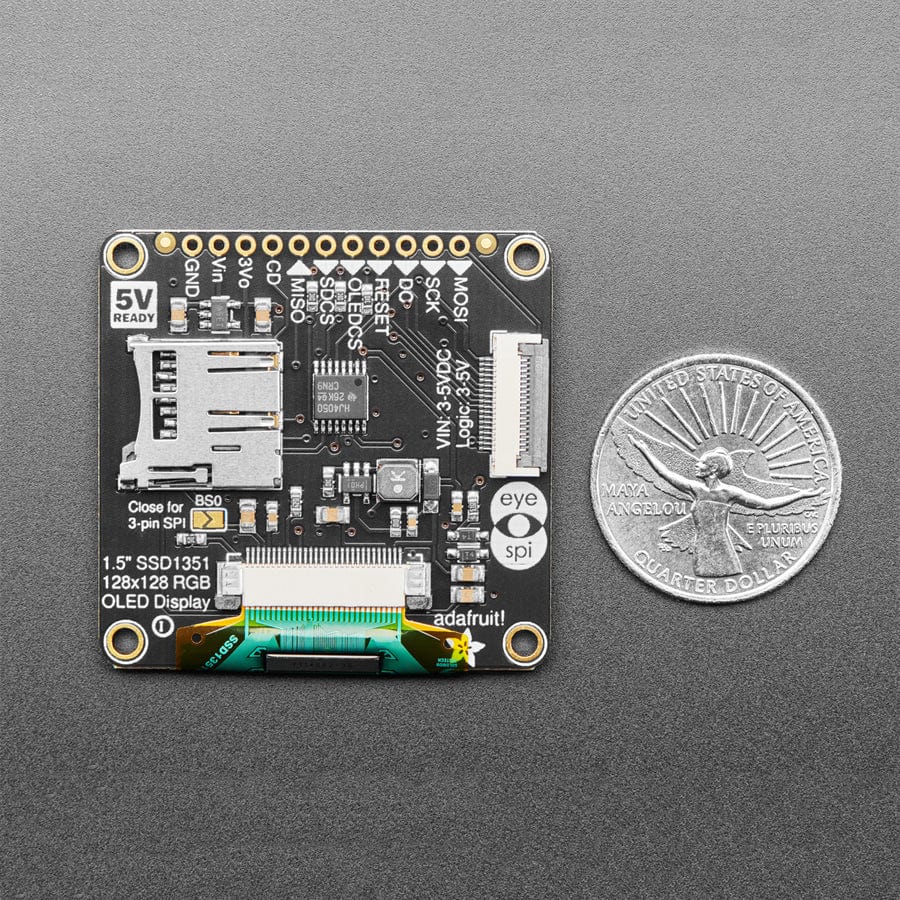
We love our black and white monochrome displays but we also like to dabble with some color now and then. Our big 1.5" color OLED displays are perfect when you need a small display with vivid, high-contrast 16-bit color. The visible portion of the OLED measures 1.5" diagonal and contains 128x128 RGB pixels, each one made of red, green and blue OLEDs. Each pixel can be set with 16-bits of resolution for a large range of colors. Because the display uses OLEDs, there is no backlight, and the contrast is very high (black is really black). We picked this display for its excellent color, this is the nicest mini OLED we could find!
This OLED uses the SSD1351 driver chip, which manages the display. You can talk to the driver chip using 4-wire write-only SPI (clock, data, chip select, data/command and an optional reset pin). Included on the fully assembled breakout is the OLED display and a small boost converter (required for providing 12V to the OLED) and a microSD card holder. This design includes built-in logic level shifting so you can use it with 3-5VDC power and logic levels. Our example code shows how to read a bitmap from the uSD card and display it all via SPI.
Please note that OLED displays are made of hundreds of...OLEDs! That means each pixel is a little organic LED, and if its kept on for over 1000 hours it'll start to dim. If you want to keep the display uniformly bright, please turn off the display (set the pixels off) when it isn't needed to keep them from dimming.
This display breakout also features an 18-pin "EYESPI" standard FPC connector with flip-top connector. You can use an 18-pin 0.5mm pitch FPC cable to connect to all the GPIO pins for when you want to skip the soldering.
Of course, we wouldn't just leave you with a datasheet and a "good luck!" - we've written a full open-source graphics library that can draw pixels, lines, rectangles, circles, text and bitmaps as well as example code. The code is written for Arduino but can be easily ported to your favourite microcontroller! We do not have a detailed wiring tutorial at this time, but if you follow the example code wiring it should work just fine.
As of December 28, 2022 - we've updated this OLED breakout with an EYESPI connector to make cabling easier with an 18-pin FPC. We also used Adafruit Pinguin to make a lovely silkscreen. The board is otherwise the same size, pinout, and functionality.






